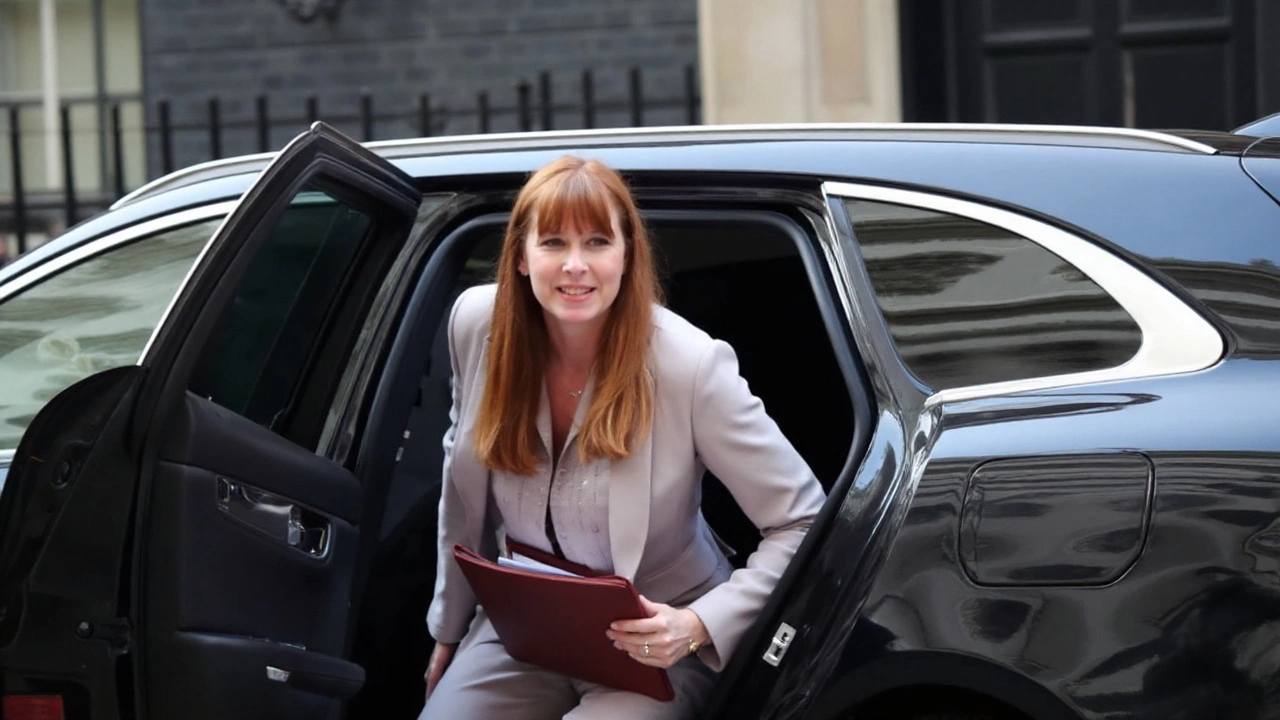Politics & Policy: Understanding Tax Rules, Trusts, and Government Decisions
When talking about Politics & Policy, the arena where government decisions, regulations, and public debates shape society. Also known as politics, it influences everything from schooling to property taxes. A key piece of this puzzle is stamp duty, a tax on property transactions in the UK. It’s often called SDLT, and the rate you pay can jump dramatically if the home counts as a second residence. The tax office that collects it is HMRC, Her Majesty's Revenue and Customs, responsible for administering taxes and enforcing compliance. When people move assets into a property trust, a legal arrangement that holds real‑estate for the benefit of another party, they must still reckon with stamp duty rules, or risk hefty penalties.
Stamp duty isn’t just a flat fee; it’s layered, with a second‑home surcharge that adds 3 percentage points on top of the normal rate. That extra charge shows how Politics & Policy can directly impact personal finances. Recent headlines, like the Angela Rayner case, illustrate this clearly. Rayner transferred a family home into a trust for her disabled son, thinking the move would sidestep higher taxes. HMRC later said the trust still counts as a second home, meaning she owes roughly £40,000 more. This example highlights three semantic connections: the policy (stamp duty) influences personal decisions (trust creation), enforcement (HMRC) follows, and the outcome (penalties) feeds back into public debate. The rule itself underscores how government policy shapes market behavior, prompting many to seek professional advice before buying or restructuring property.
How Policy Shapes Property Taxes
HMRC’s role goes beyond collecting money; it also interprets the law and decides when a breach is careless versus deliberate. When a taxpayer underpays stamp duty, the agency can issue interest charges, add a penalty of up to 30 percent of the unpaid tax, or even launch a full investigation. The agency’s actions depend on factors like the complexity of the transaction, the presence of a trust, and whether the taxpayer sought professional guidance. Trust structures, while legitimate for estate planning, can blur the line between primary residence and investment property. If a trust holds a house that the owner continues to live in, HMRC may still apply the second‑home surcharge. This relationship—trusts affecting tax status—creates a feedback loop where policy designers might revise rules to close loopholes, and advisers adapt their strategies accordingly.
Below you’ll find a curated collection of articles that dig into these dynamics. We cover everything from the basics of stamp duty calculations to deep dives into recent high‑profile cases, the legal nuances of property trusts, and how HMRC’s enforcement trends are evolving. Whether you’re a homeowner, a policy watcher, or just curious about how political decisions ripple through everyday life, the pieces here break down complex rules into plain language and give you a clear sense of what’s at stake. Browse the list to see how real‑world examples illustrate the broader themes of tax policy, regulatory enforcement, and the ever‑shifting landscape of UK politics.

Veterans Warn Labour's Troubles Bill Creates 'Two-Tier Justice' and Endangers National Security
Labour's Northern Ireland Troubles Bill removes immunity for soldiers from The Troubles, sparking outrage from veterans and military leaders who warn it creates 'two-tier justice' and threatens national security by paralyzing decision-making in future operations.
Read More
Angela Rayner stamp duty row: what went wrong and what happens next
Angela Rayner admits underpaying stamp duty on her £800,000 Hove flat after transferring her former family home into a trust for her disabled son. Fresh advice says she owes the higher second-home rate, adding about £40,000. HMRC could levy penalties if it finds carelessness or deliberate avoidance. The case spotlights how complex and confusing UK stamp duty rules can be.
Read More